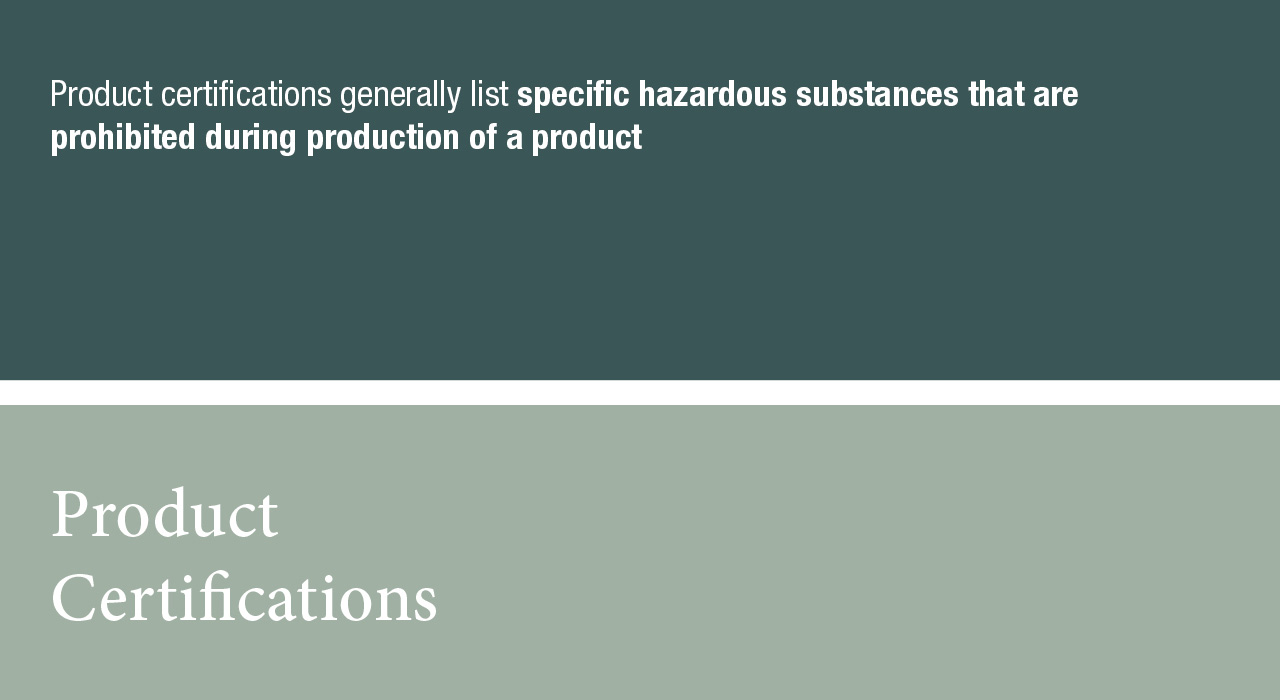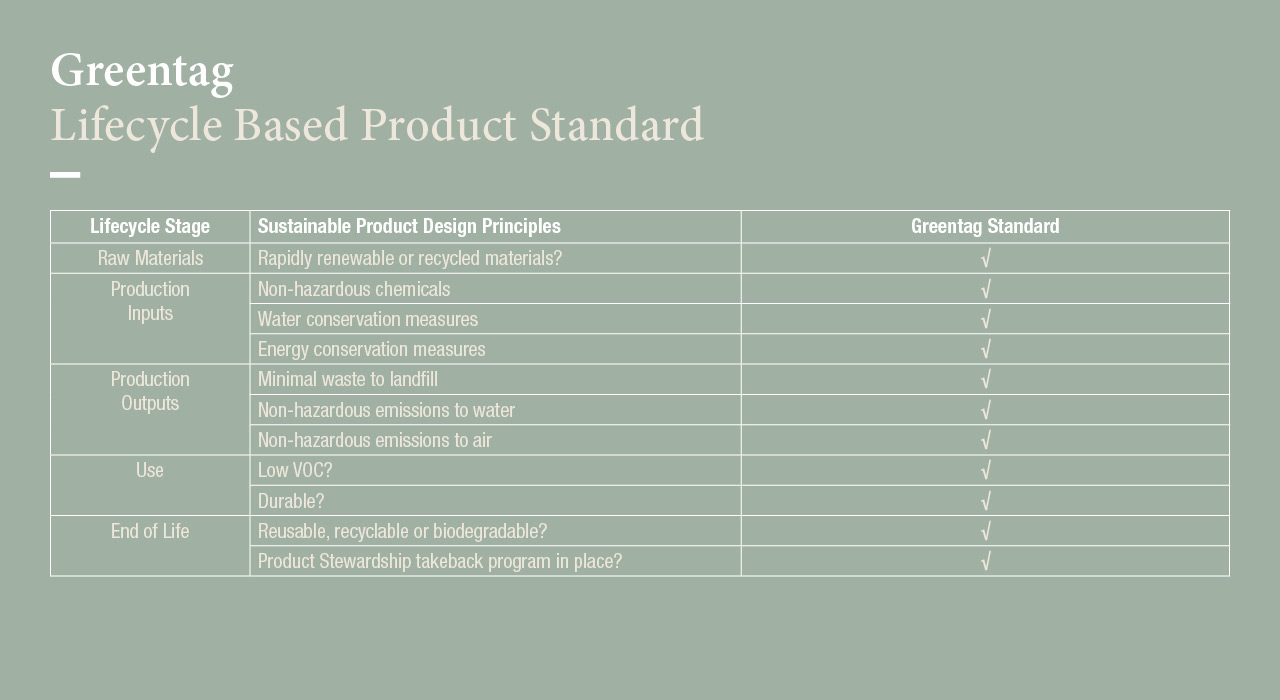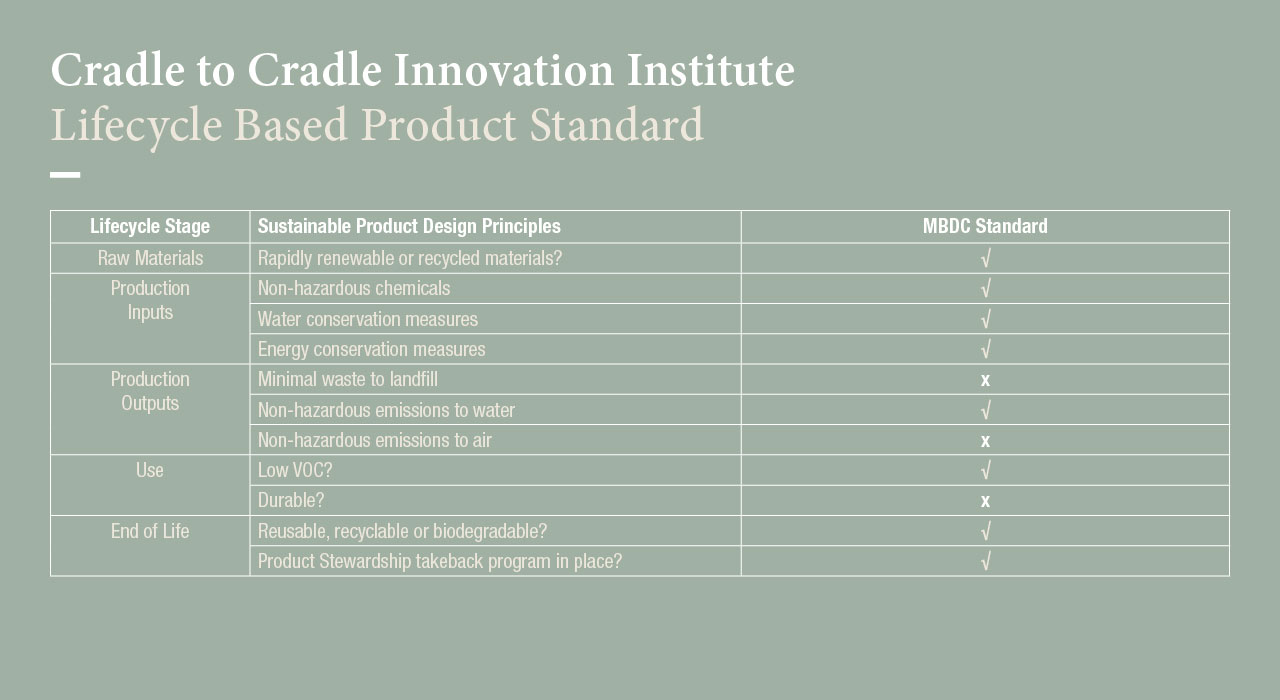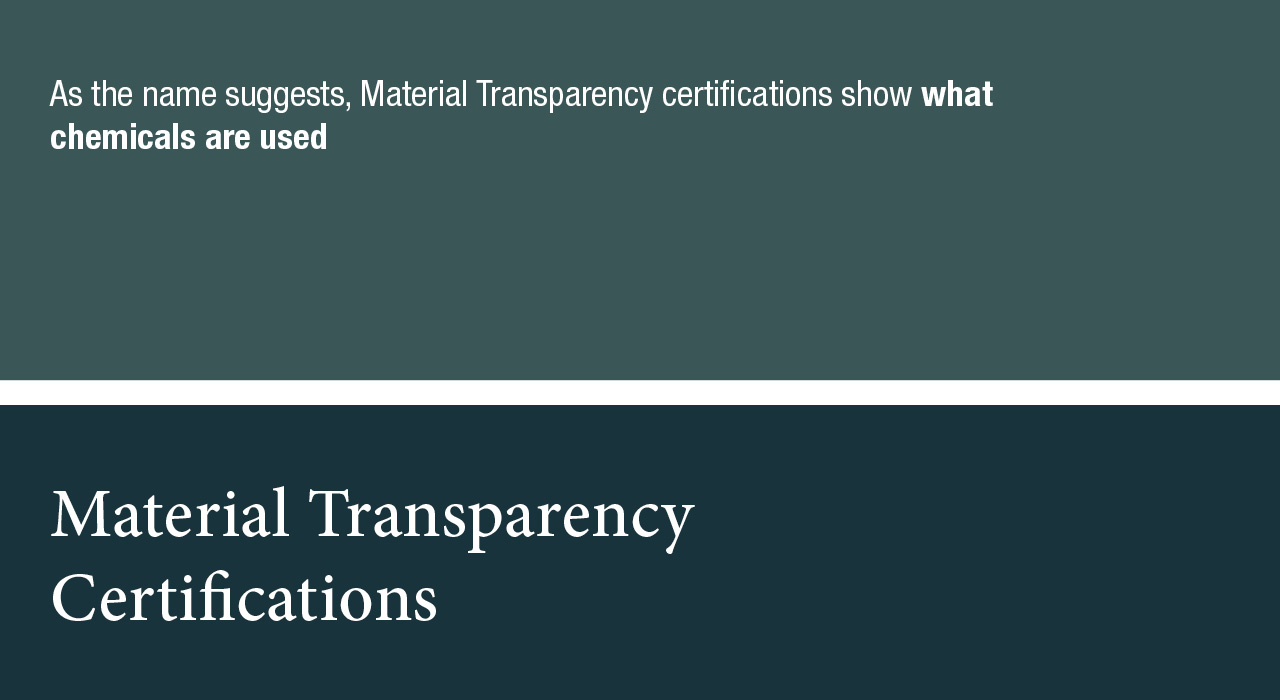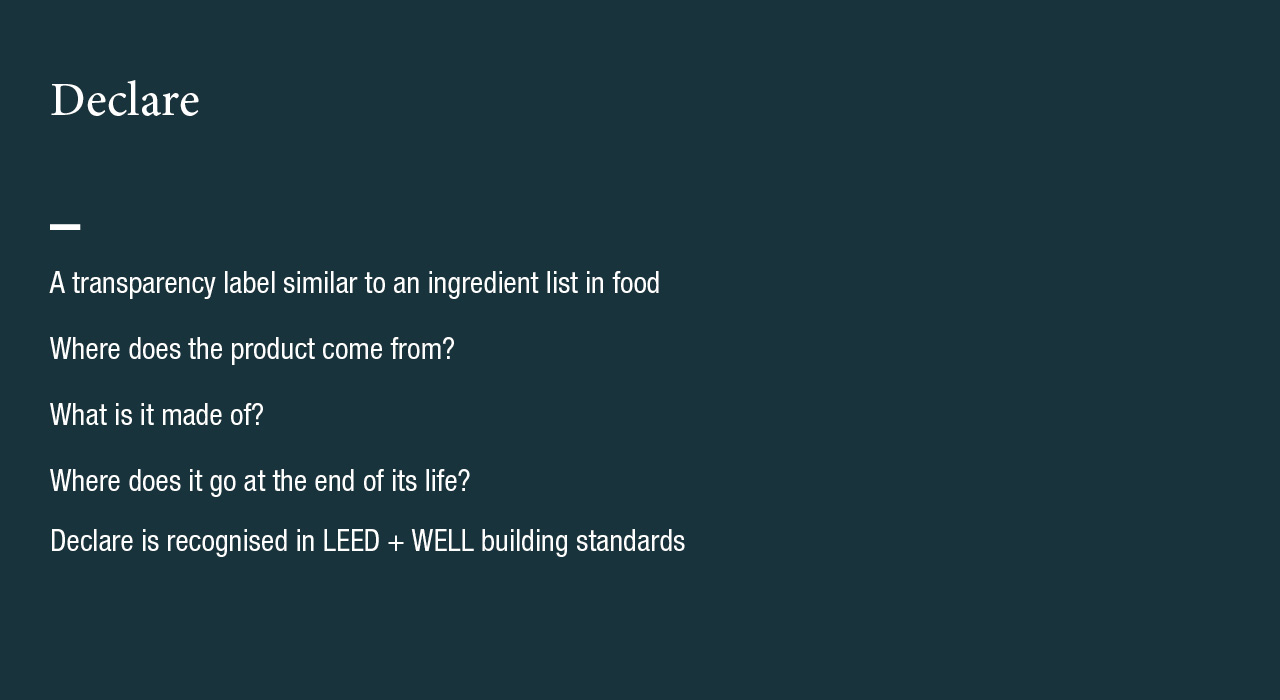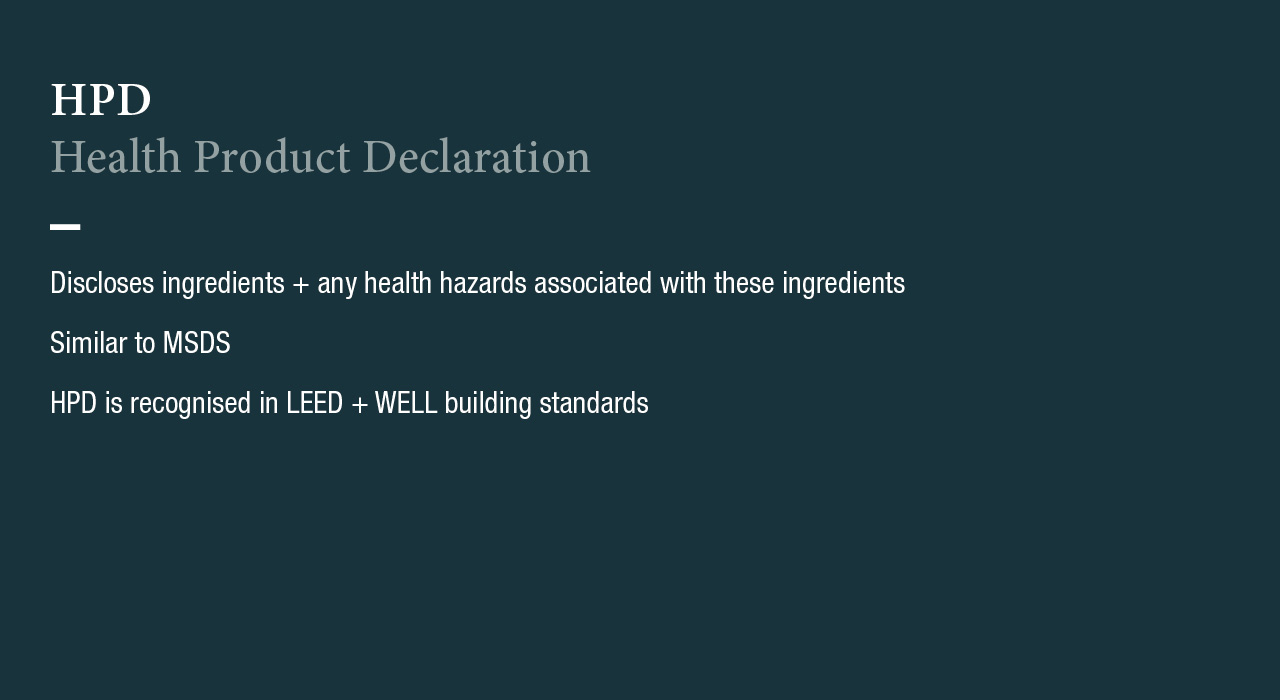Sustainability certifications are a crucial tool for quickly and easily identifying sustainable materials, especially under time pressure and client expectations. However, not all certifications are equal, and understanding their differences is key to making genuine sustainable choices.
An Abundance of Certifications
The number of certification schemes has expanded significantly in the last ten years, but this growth comes with a caveat. While some certifications maintain high, rigorous standards, others have lower benchmarks and limited oversight. It’s important to recognise that not all certifications guarantee comprehensive social & environmental outcomes.
Are They Necessary?
Certifications can help a product meet green building requirements, but aren’t essential to prove high sustainability standards. Most suppliers, including Instyle’s, meet stringent social and environmental safety requirements through tests, audits and risk assessments mandated by local laws.
Certifications can be expensive, favouring larger organisations and burdening small and medium businesses. Additionally, Australian Consumer Laws protect against greenwashing, with the ACCC enforcing regulations to prevent misleading claims.
Not All Certifications Are Equal
Certifications vary in approaches and standards, often confusing consumers about what they represent. Those that only aim to limit negative environmental impacts during one stage of the lifecycle are insufficient. For instance, the GECA Textile & Leather Standard and EU Ecolabel focus on minimising toxicity and reducing pollutants during production but neglect other critical lifecycle issues like renewable material use, land and biodiversity impacts, circularity and product stewardship.
Synthetic textiles like polyester, nylon, acrylic and polypropylene can easily achieve these certifications despite being made from non-renewable petroleum resources and posing health risks through microplastic leaching. This highlights the need for comprehensive, transparent, lifecycle-based assessments to ensure genuine sustainable progress.
Which Ones Should You Trust?
For a product to genuinely enhance environmental performance, certifications should comprehensively address the entire lifecycle. The most trustworthy certifications evaluate multiple stages, from raw material extraction to product use and disposal, following a cradle-to-grave model. To guide you, here is a simple overview of the lifecycle stages addressed by various certifications on the market.
